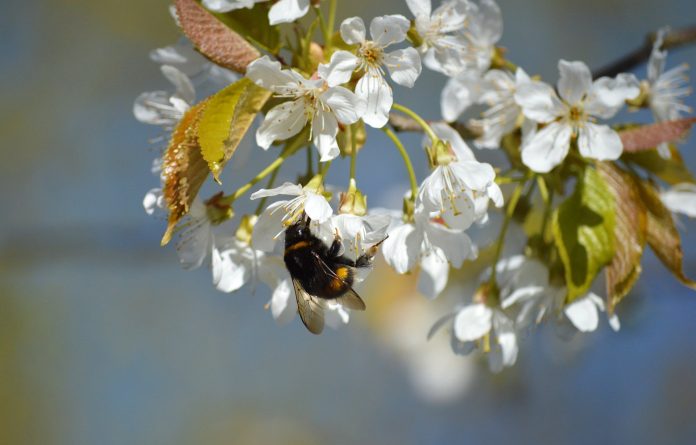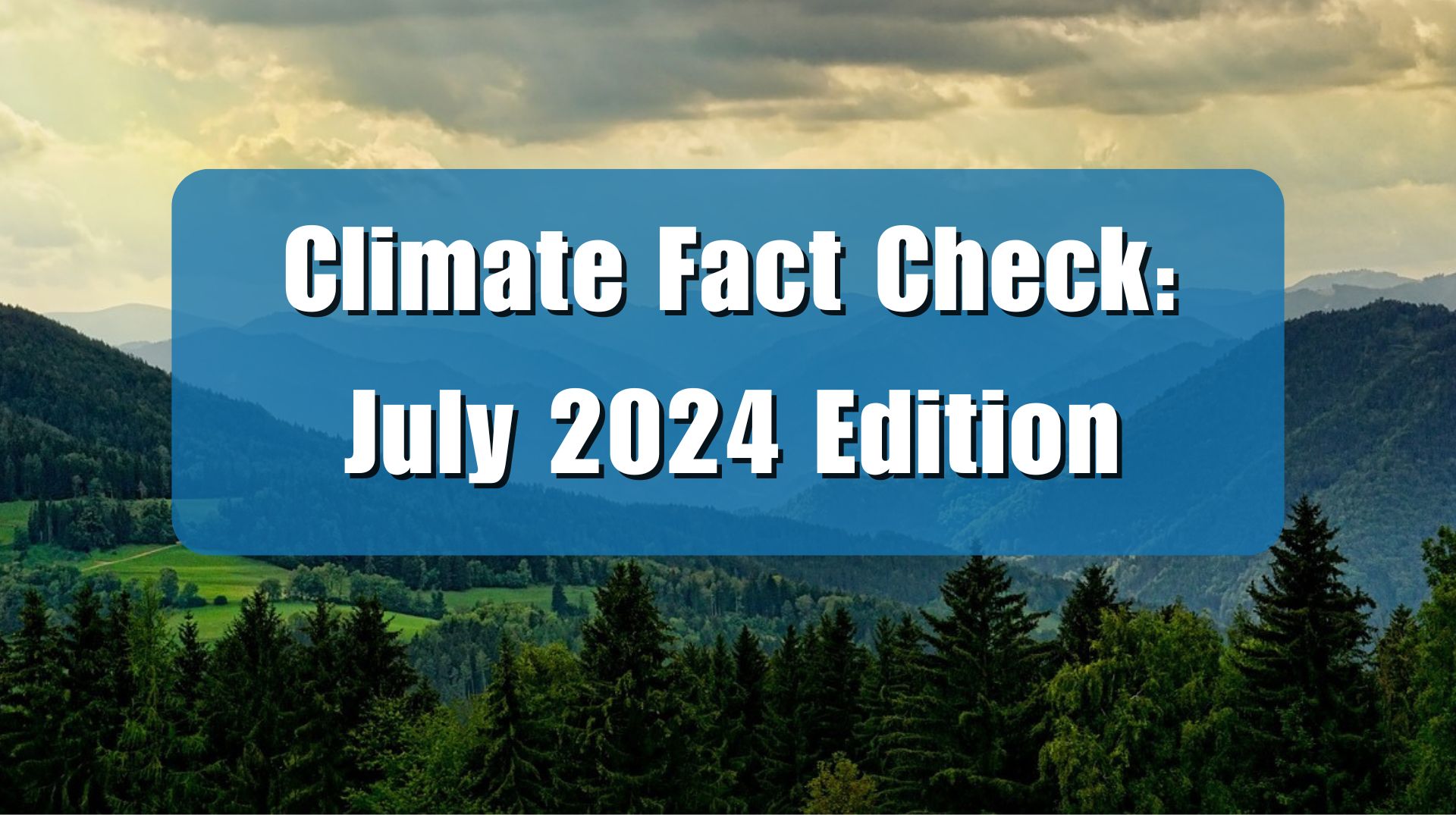A recent article at NBC news claims that more people are suffering from allergies than ever before due to climate change’s impact on the length of the growing season and pollen production. This may be true, but the framing ignores the obvious benefits of increased plant growth like longer growing seasons for food crops, and expanded forests and lush ecosystems which support pollinators and other wildlife.
The article, “Adults are getting allergies for the first time. Thanks, climate change,” asserts that more and more people in their 30s, 40s, and 50s are suffering from seasonal allergies that they had never previously experienced. The cause of this is supposedly climate change, more specifically, warming leading to the earlier bloom of trees and other plants which, with longer growing seasons, produce more pollen.
NBC News’ Erica Edwards writes:
A large driver of adult-onset seasonal allergies appears to be climate change.
‘The pollen season right now is about three weeks longer than it was 30 years ago, and there’s about 20 percent more pollen in the air,’ said Dr. Neelu Tummala, an ear, nose and throat specialist and co-director of the Climate Health Institute at George Washington University. Those statistics come from research published in 2021.
As the Earth’s core temperature increases, Tummala explained, the ground thaws earlier in the year, rousing trees from their winter slumber, prompting them to flower and produce pollen earlier than ever.
The article also says that atmospheric CO2 fertilization causes plants and trees to produce more pollen. This is only part of the story. Plants are growing lusher, and their range is expanding. This general greening of the earth produces more pollen. More new growth leads to more budding!
As Climate Realism has covered every spring the last few years, because the alarmist media recycles this story every year; an increase in plant growth and vigor is a net-benefit of global warming that the media should celebrate instead of fearmongering about.
As Climate Realism has noted many times, higher carbon dioxide concentrations boost the growth of wild plants, trees, and food crops alike. Higher atmospheric CO2 also helps plants use water more efficiently, in addition to growing larger, faster, with more extensive roots and shoots. In combination with improvements in agricultural technology, the improved growth and water use in plants due to increased CO2, has contributed to major staple crops regularly breaking records in production as the planet warms. This is good news for food security, and should not be ignored.
As anyone who has studied remote sensing or any of the earth sciences knows, one of the major influencing factors in energy reflection or absorption is albedo. Albedo is a property that shows how well a surface, like a plant’s leaves, reflect incoming solar radiation. Because it has a higher albedo than plain dirt or asphalt, trees tend to have a net cooling effect on land surface temperatures. This is a key point made in a 2020 study, “Predominant regional biophysical cooling from recent land cover changes in Europe,” published in the peer reviewed journal, Nature Communications. Unsurprisingly the study found that land use changes are strongly associated with regional temperature trends, and those that saw increasing vegetative cover, especially forest growth, saw notable cooling trends. Areas with increasing urban sprawl, or deforestation leading to grassland, unsurprisingly, saw more warming.
As with all earth sciences, it’s a little complicated and in this case depends on the groundcover—if snow is on the ground, for example, hidden by tree cover, the net effect is warming because the albedo of snow is comparatively higher than that of trees. Except, of course, most trees lose their leaves during the winter, so, unless evergreens are the dominant tree species in a region, tree cover probably has little impact on an area’s albedo during the winter.
So trees likely contribute to a little cooling in the summer, and, in areas where evergreens dominate, a little warming in the winter, helping regulate local temperatures. In addition, if carbon dioxide is the main driver of climate change, and climate change is to be minimized, the fact more plant life is flourishing, means more carbon dioxide is being removed from the atmosphere, which must be counted in favor of longer growing seasons.
The Earth’s greening is certainly a huge benefit of higher atmospheric CO2 concentrations, especially since plant life begins to die at 150 ppm. Extra pollen is a knock on effect of a longer growing season and more verdant plant growth, which is also good for pollinating insects and animals. It’s fair to count a longer allergy season and more allergy sufferers as a negative effect of climate change. However, journalists should also account for the tremendous benefits of longer growing seasons and more and heartier plant life, rather than trying to transform something that is on net overwhelmingly good into a bad thing in order maintain the false impression that all impacts of climate change are necessarily negative.

















Came here after listening to WUWT roundtable… funny